Old Browser
This page has been recently translated and is available in French now.
Looks like you're visiting us from {countryName}.
Would you like to stay on the current country site or be switched to your country?


.png)

Multicolor flow cytometric analysis of DCIR1 (Clec4a2) expression on mouse splenic leucocyte populations. C57BL/6 mouse splenic leucocytes were preincubated with Purified Rat Anti-Mouse CD16/CD32 antibody (Mouse BD Fc Block™) (Cat. No. 553141/553142). The cells were then stained with PE Rat IgG2a, κ Isotype Control (Cat. No. 553930; dashed line histograms) or PE Rat Anti-Mouse DCIR1 (Clec4a2) antibody (Cat. No. 566810; solid line histograms) at 0.5 µg/test and either 1) BD Horizon™ BUV395 Hamster Anti-Mouse CD11c (Cat. No. 564080) and FITC Rat Anti-Mouse I-A/I-E (Cat. No. 553623) antibodies to permit rectangular gating on conventional CD11c+ and I-A/I-E+ dendritic cells (cDCs; Top Left Plot) or 2) BD Horizon BUV395 Rat Anti-CD11b (Cat. No. 563553) and FITC Rat Anti-Mouse Ly-6G (Cat. No. 551460) antibodies to permit gating on CD11b+ and Ly-6G+ Neutrophils (Bottom Left Plot) as shown. Histograms showing DCIR1 (Clec4a2) expression [or Ig Isotype control staining] for either gated cDCs (Top Right Plot) or Neutrophils (Bottom Right Plot) are displayed. Flow cytometry and data analysis were performed using a BD LSRFortessa™ X-20 Cell Analyzer System and FlowJo™ software. Data shown on this Technical Data Sheet are not lot specific.
.png)

BD Pharmingen™ PE Rat Anti-Mouse DCIR1 (Clec4a2)
.png)
Regulatory Status Legend
Any use of products other than the permitted use without the express written authorization of Becton, Dickinson and Company is strictly prohibited.
Preparation And Storage
Product Notices
- Since applications vary, each investigator should titrate the reagent to obtain optimal results.
- An isotype control should be used at the same concentration as the antibody of interest.
- Caution: Sodium azide yields highly toxic hydrazoic acid under acidic conditions. Dilute azide compounds in running water before discarding to avoid accumulation of potentially explosive deposits in plumbing.
- For fluorochrome spectra and suitable instrument settings, please refer to our Multicolor Flow Cytometry web page at www.bdbiosciences.com/colors.
- Please refer to http://regdocs.bd.com to access safety data sheets (SDS).
- Please refer to www.bdbiosciences.com/us/s/resources for technical protocols.
Companion Products
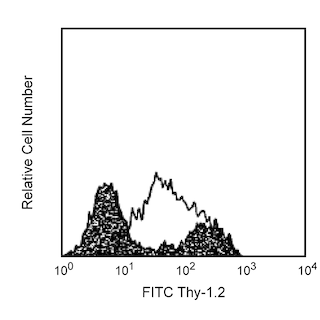

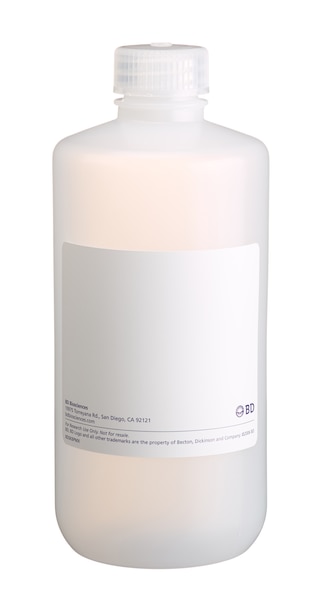
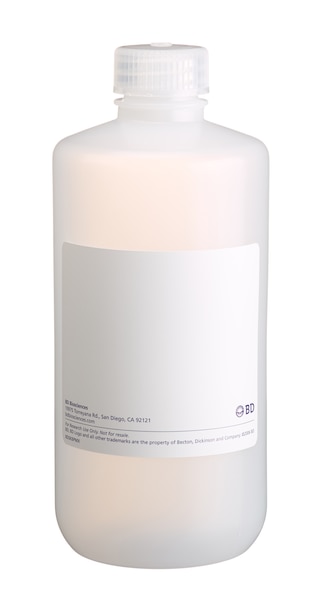
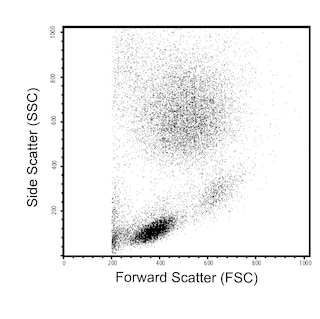
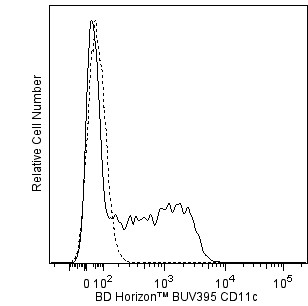
The TKKT-1 monoclonal antibody specifically recognizes Dendritic cell immunoreceptor 1 (DCIR1), a single-pass type II membrane glycoprotein that is encoded by Clec4a2 (C-type lectin domain family 4, member a2). DCIR1 (Clec4a2) is a member of the dendritic cell immunoreceptor (DCIR) family which contains four dendritic cell inhibitory receptors (DCIR1-4) and two activating receptors (DCAR1, 2). The C-terminal extracellular region of DCIR1 (Clec4a2) has one C-type lectin carbohydrate recognition domain (CRD) that is followed by a transmembrane region. Its cytoplasmic tail contains an immunoreceptor tyrosine-based inhibitory motif (ITIM) that can transmit inhibitory signals. DCIR1 (Clec4a2) is expressed on myeloid cells including dendritic cells, macrophages, neutrophils and eosinophils. C-type lectins bind to carbohydrates in a calcium-dependent manner. This inhibitory receptor may be involved in the regulation of immune responses.

Development References (5)
-
Bates EE, Fournier N, Garcia E, et al. APCs express DCIR, a novel C-type lectin surface receptor containing an immunoreceptor tyrosine-based inhibitory motif.. J Immunol. 1999; 163(4):1973-83. (Biology). View Reference
-
Flornes LM, Bryceson YT, Spurkland A, Lorentzen JC, Dissen E, Fossum S. Identification of lectin-like receptors expressed by antigen presenting cells and neutrophils and their mapping to a novel gene complex.. Immunogenetics. 2004; 56(7):506-17. (Biology). View Reference
-
Fujikado N, Saijo S, Yonezawa T, et al. Dcir deficiency causes development of autoimmune diseases in mice due to excess expansion of dendritic cells.. Nat Med. 2008; 14(2):176-80. (Biology). View Reference
-
Kanazawa N, Tashiro K, Inaba K, Miyachi Y. Dendritic cell immunoactivating receptor, a novel C-type lectin immunoreceptor, acts as an activating receptor through association with Fc receptor gamma chain.. J Biol Chem. 2003; 278(35):32645-52. (Biology). View Reference
-
Kishimoto A, Watanabe M, Terauchi K, et al. Ubiquitous versus restricted expression of the two mouse dendritic cell C-type lectin receptors, DCIR1 and DCAR2, among myeloid cells.. Biochem Biophys Res Commun. 2015; 467(2):383-8. (Immunogen: Cell separation). View Reference
Please refer to Support Documents for Quality Certificates
Global - Refer to manufacturer's instructions for use and related User Manuals and Technical data sheets before using this products as described
Comparisons, where applicable, are made against older BD Technology, manual methods or are general performance claims. Comparisons are not made against non-BD technologies, unless otherwise noted.
For Research Use Only. Not for use in diagnostic or therapeutic procedures.
Report a Site Issue
This form is intended to help us improve our website experience. For other support, please visit our Contact Us page.